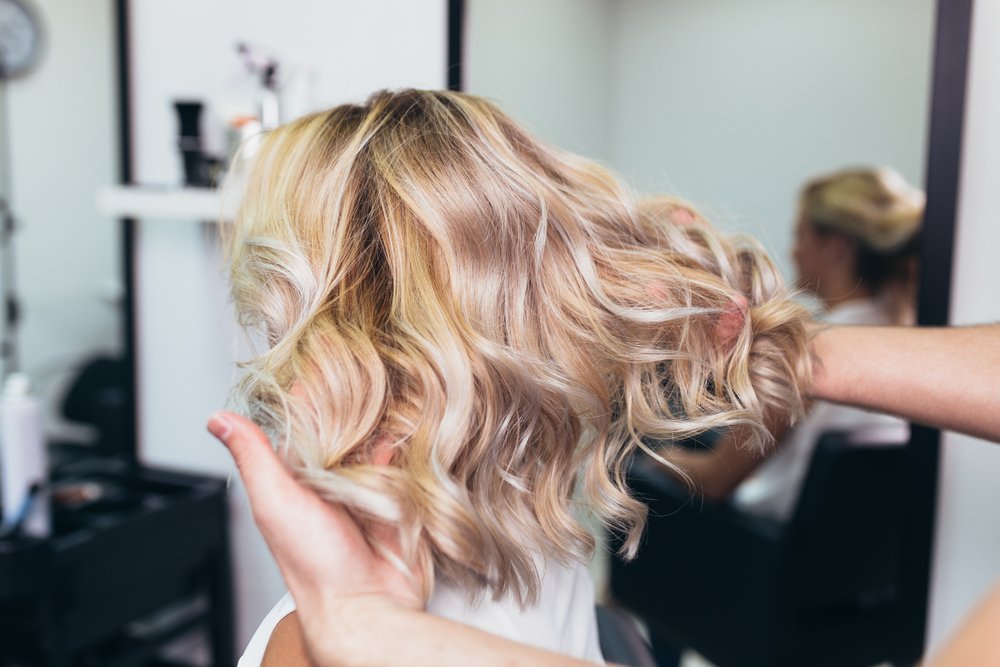Changing your hair color should be fun and exciting, but the process can be intimidating if you don’t know how to communicate effectively with your stylist. With new coloring techniques constantly changing, it can be hard to stay up to date with the lingo.
Here are the terms you need to know to get you through your next salon visit.
As the season changes, so does hair color. Before your next visit to the salon, brush up on these eight common hair coloring terms.
1. Base Color
A color that is applied all over the head, from root to tip. This creates an even base so other colors or highlights can be applied. Base colors typically look one-dimensional, but uniform.
2. Highlights
Small sections of hair are bleached, typically through the foiling method.
Full Highlights: Color is applied to every section of your hair from the hairline to the nape of your neck. Full highlights can be dramatic or very natural looking depending on the range of color.
Partial Highlights: Color is only placed on certain parts of the hair, typically around the face and near the crown. Face-framing color can add volume and body to the hair.
3. Lowlights
The opposite of highlights, this technique darkens strands of hair to add depth and dimension. This gives the illusion of more volume and is often paired with highlights to give greater contrast. Lowlights are also applied using the foiling method.
4. Toner
This semipermanent color is typically applied to wet hair after highlights to even out unwanted hues and brassiness. Toner can also be used to reduce the yellowness of the hair while bleaching.
5. Balayage
Also known as hair painting, balayage involves applying color freehand from mid-shaft to ends of the hair. This creates a more natural looking ombré effect that is easier to maintain than traditional highlights.
6. Pintura
Pintura uses the balayage technique but is explicitly for curly-haired women. The color is painted in specific patterns through the bends of the curls to give a unique dimension specific to the curl shape.
7. Tortoiseshell
Colors ranging from dark chocolate to gold are added to the hair and blended to create a gradual shift from dark at the roots to light at the ends. This creates a softer and subtler ombré effect.
8. Hand-Pressed Color
Created by Chiala Marvici, a NYC-based colorist, this technique utilizes a square of plexiglass as a palette to paint various layers of color onto the hair at once. This gives a multi-dimensional color that appears to transform as the hair moves.
Become a Hair Expert at Houston Training Schools
Houston Training School’s Certificate of Cosmetology program is designed to build and develop your knowledge of the beauty industry. Our advanced curriculum allows you to explore theory while gaining hands-on experience in the industry’s latest trends.
Turn your passion for hair into a career at Houston Training Schools. Call 877-640-4747 to learn more or apply here.


